Emphasizing that the roadmap for increasing value-added tax rates must be calculated very carefully and cautiously, especially in the context of the current economic difficulties, National Assembly Chairman Tran Thanh Man suggested considering not stipulating the roadmap for increasing taxes in the Law but assigning the Government to study and submit to the National Assembly for consideration and decision.
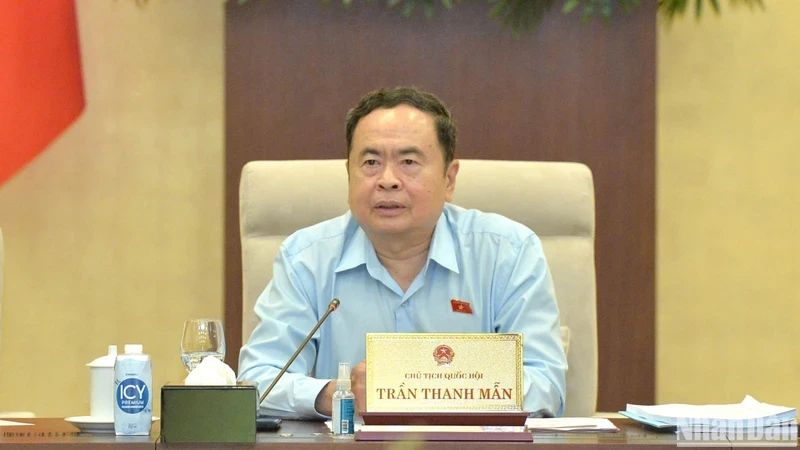
On the morning of August 14, under the direction of Vice Chairman of the National Assembly Nguyen Duc Hai, Standing Committee of the National Assembly give opinions on explaining, accepting and revising the draft Law on Value Added Tax (amended).
2 views on VAT on fertilizer
Regarding the proposal not to change fertilizers and agricultural machinery and equipment from the non-taxable category to the 5% taxable category, Chairman of the Finance and Budget Committee Le Quang Manh said that there are two viewpoints in the Standing Committee of the Committee.
The first viewpoint suggests keeping the current regulations because value added tax is an indirect tax, the person who bears it is the tax payer. value added tax are the final consumers. If fertilizers are subject to a 5% tax rate, farmers (fishermen) will be greatly affected because fertilizer prices will increase when VAT is applied, leading to an increase in the cost of agricultural products, contrary to the spirit of encouraging agricultural, farmer and rural development according to Resolution No. 19-NQ/TW.
The second viewpoint is consistent with the content of the draft Law and the drafting agency, because Law No. 1/2014/QH13, which moves fertilizers from being subject to 5% tax to not being subject to value added tax, has created a major policy inconsistency, adversely affecting the domestic fertilizer production industry over the past 10 years.
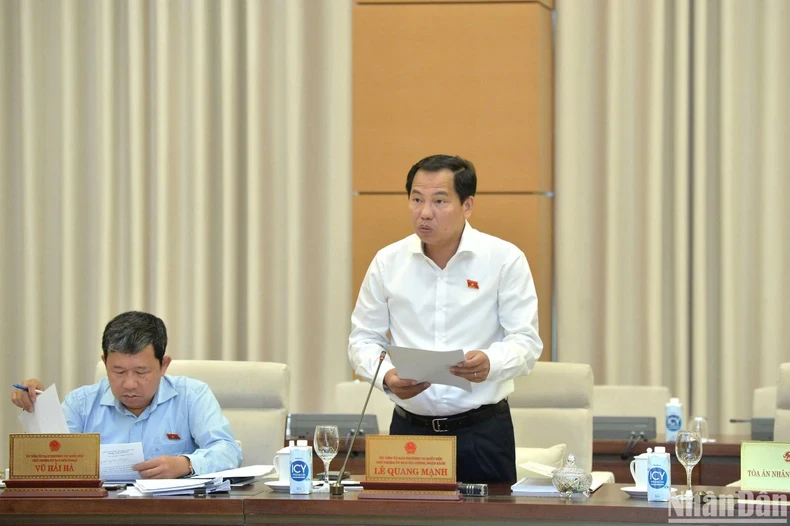
Enterprises have not been refunded input VAT (including investment costs for purchasing assets), and have had to account for it as expenses, increasing production costs and prices. Selling prices cannot compete with imported fertilizers that have switched from being taxable to being tax-free. The inadequacies in the mechanism need to be brought back to the right orbit of VAT.
The return to the 5% tax rate will have certain impacts on the selling price of fertilizers in the market, increasing the cost of imported fertilizers (currently accounting for only 26.7% of the market share); at the same time, reducing the cost of domestically produced fertilizers (currently accounting for 73.% of the market share); fertilizer production enterprises will receive tax refunds because the output tax (5%) is lower than the input tax (10%) and the state budget will not increase revenue due to the need to offset the increased revenue from imports with tax refunds for domestic production.
Domestic enterprises have room to reduce selling prices if the prices of fertilizers and input materials in the international market do not change. In addition, fertilizers are currently a price-stabilized product, so if necessary, when there are large fluctuations in prices in the market, state management agencies can implement necessary management measures to stabilize them at a reasonable level.
Mr. Le Quang Manh stated that the majority of opinions in the Standing Committee of the Finance and Budget Committee leaned towards the first viewpoint. The drafting agency proposed to keep the draft Law as presented at the 7th Session. Based on the opinions of the Standing Committee of the National Assembly, the Standing Committee will revise and complete the draft Law.
Determining the tax increase roadmap must be carefully and cautiously calculated.
Regarding the proposal to implement the direction of increasing the common tax rate to 10% according to the roadmap, the Chairman of the Finance and Budget Committee stated that the Tax Reform Strategy to 2030, Resolution No. 07-NQ/TW dated November 18, 2016, the 10-year Socio-Economic Development Strategy 2021-2030, and the 5-year Socio-Economic Development Tasks 2021-2025 in the Documents of the 13th National Congress of Delegates all provide directions and tasks for studying the increase in value-added tax rates according to the roadmap.
Vietnam's current general tax rate of 10% is low compared to other countries in the region and the world, creating room to increase taxes as many countries have done to improve budget collection efficiency since the pandemic.
The current fiscal policy trend is to reasonably increase indirect taxes on consumption to create conditions to reduce direct taxes on investment, contributing to solving the problem of budget revenue, while encouraging investment for growth, especially in the context of difficulty in issuing new taxes such as property tax in the immediate future.
Therefore, this amendment to the Law on Value Added Tax is an opportunity to carry out the tasks set out through many stages and is the basic content to implement the orientation of expanding the revenue base.

In response to the opinions of National Assembly deputies, the majority of opinions in the Standing Committee of the Finance and Budget Committee proposed to add to Clause 3, Article 9 of the draft Law a roadmap to increase the value-added tax rate from 10% to 11% on January 1, 2028 and to 12% on January 1, 2030 (forecasted to increase revenue by about VND 40,100 billion in 2028 and VND 43,400 billion in 2030).
According to Mr. Le Quang Manh, this roadmap does not affect the goal of economic stability and growth in the next 4-5 years and ensures clarity and transparency so that businesses can calculate and plan appropriate production and business plans.
Commenting on this issue, National Assembly Chairman Tran Thanh Man suggested that it is necessary to closely follow the orientation in Resolution No. 07-NQ/TW dated November 18, 2016 of the Politburo, the 10-year socio-economic development strategy 2021-2030, the 5-year socio-economic development orientation and tasks 2021-2025 and the tax reform strategy to 2030.
“The roadmap must be calculated very carefully and cautiously, especially in the context of the current economic difficulties. Therefore, it is recommended to consider not stipulating the tax increase roadmap in the Law but assigning the Government to study it and submit it to the National Assembly for consideration and decision,” the National Assembly Chairman emphasized.
Regarding the revenue from sales of goods and services not subject to value added tax, the National Assembly Chairman agreed with the provisions on revenue thresholds in the draft Law and the provisions assigning the National Assembly Standing Committee the authority to adjust them in accordance with each period. However, regarding the specific thresholds, agencies need to continue to coordinate, assess impacts, select options appropriate to the socio-economic situation, and ensure state budget revenue.
Source


![[Photo] Bus station begins to get crowded welcoming people returning to the capital after 5 days of holiday](https://vstatic.vietnam.vn/vietnam/resource/IMAGE/2025/5/4/c3b37b336a0a450a983a0b09188c2fe6)


![[Photo] Vietnam shines at Paris International Fair 2025 with cultural and culinary colors](https://vstatic.vietnam.vn/vietnam/resource/IMAGE/2025/5/4/74b16c2a197a42eb97597414009d4eb8)

![[Photo] General Secretary To Lam receives Sri Lankan President Anura Kumara Dissanayaka](https://vstatic.vietnam.vn/vietnam/resource/IMAGE/2025/5/4/75feee4ea0c14825819a8b7ad25518d8)


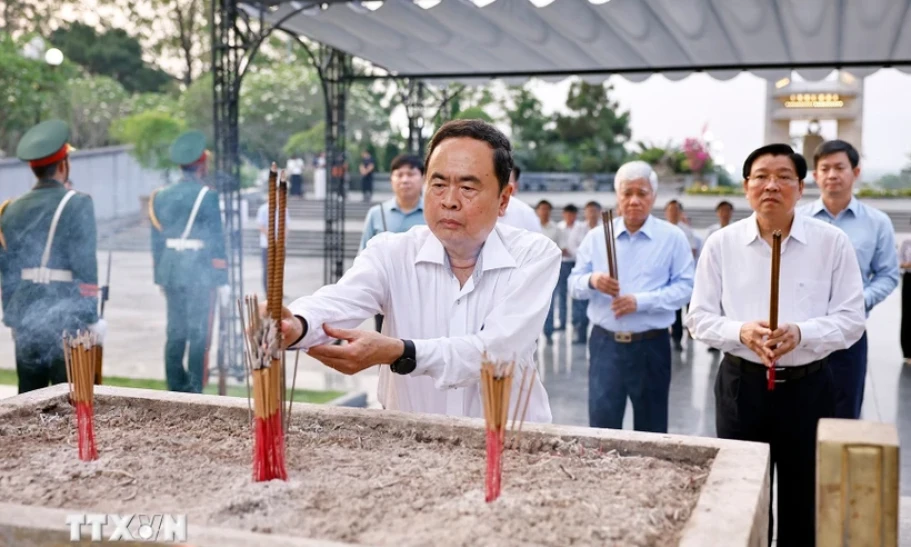




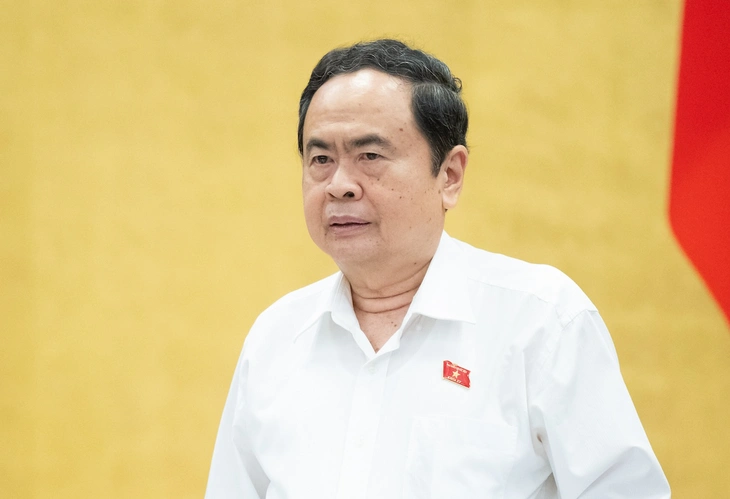



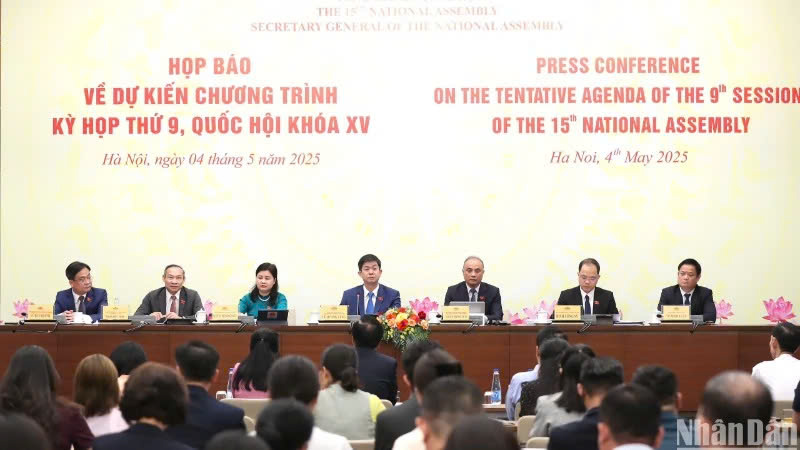







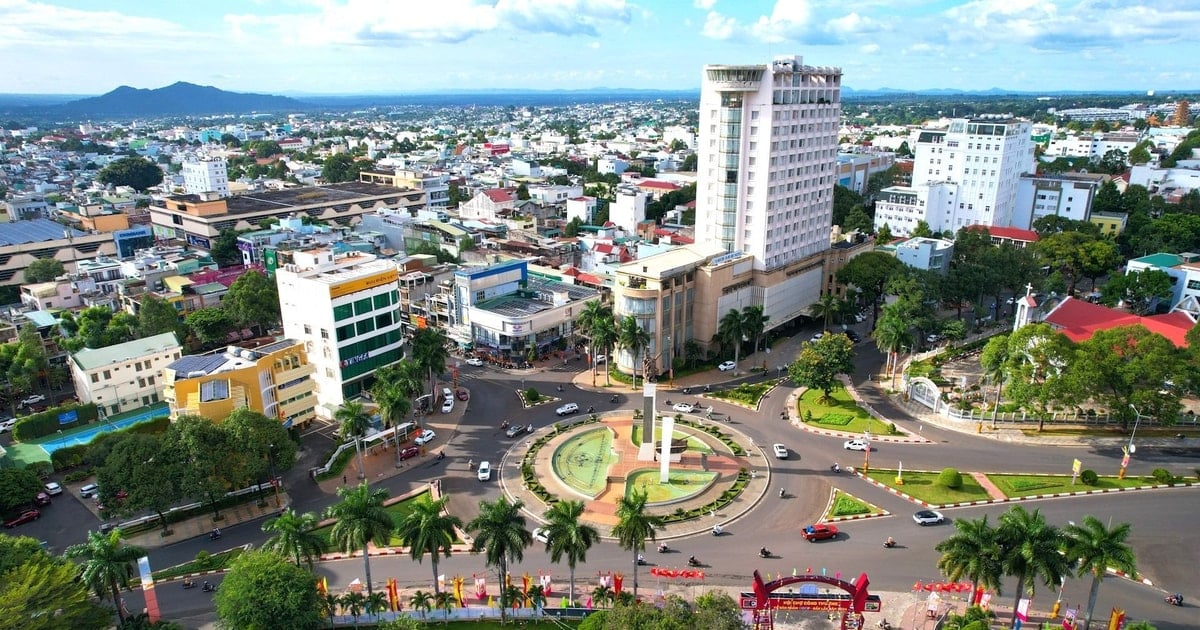



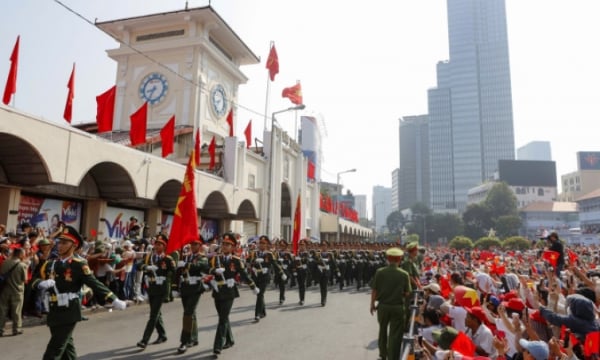

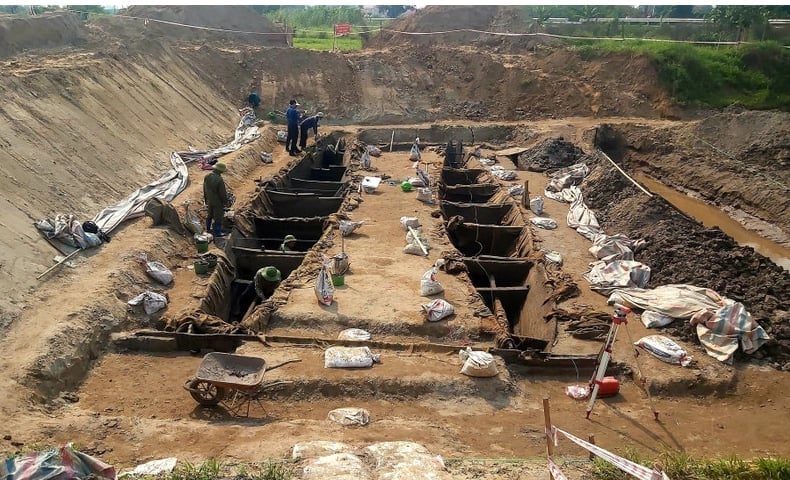







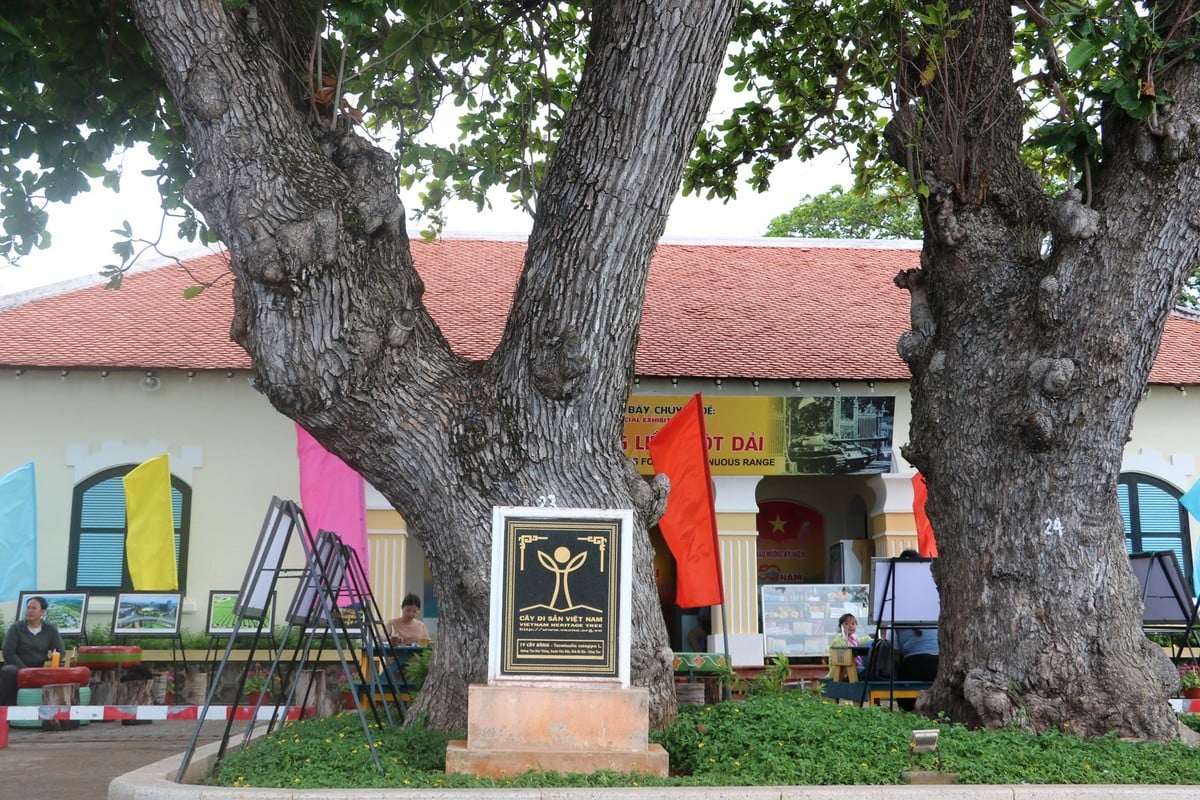



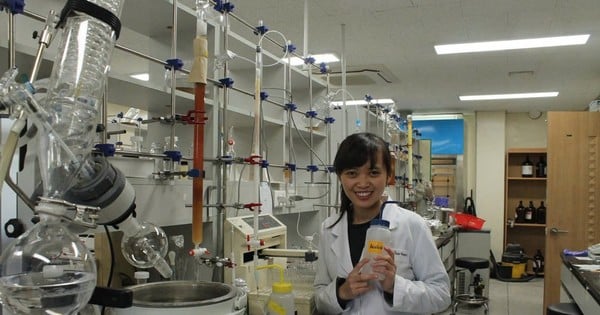


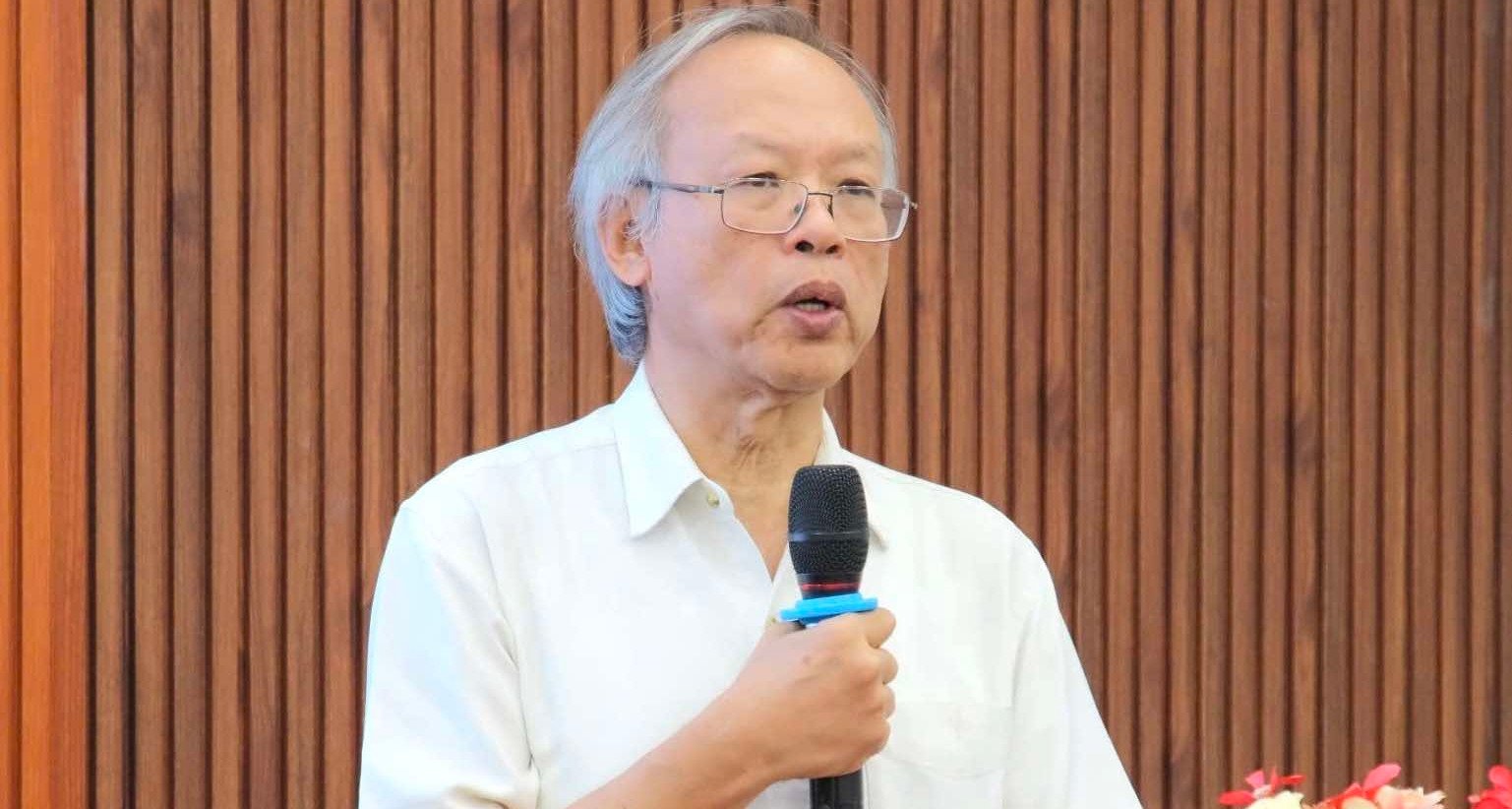




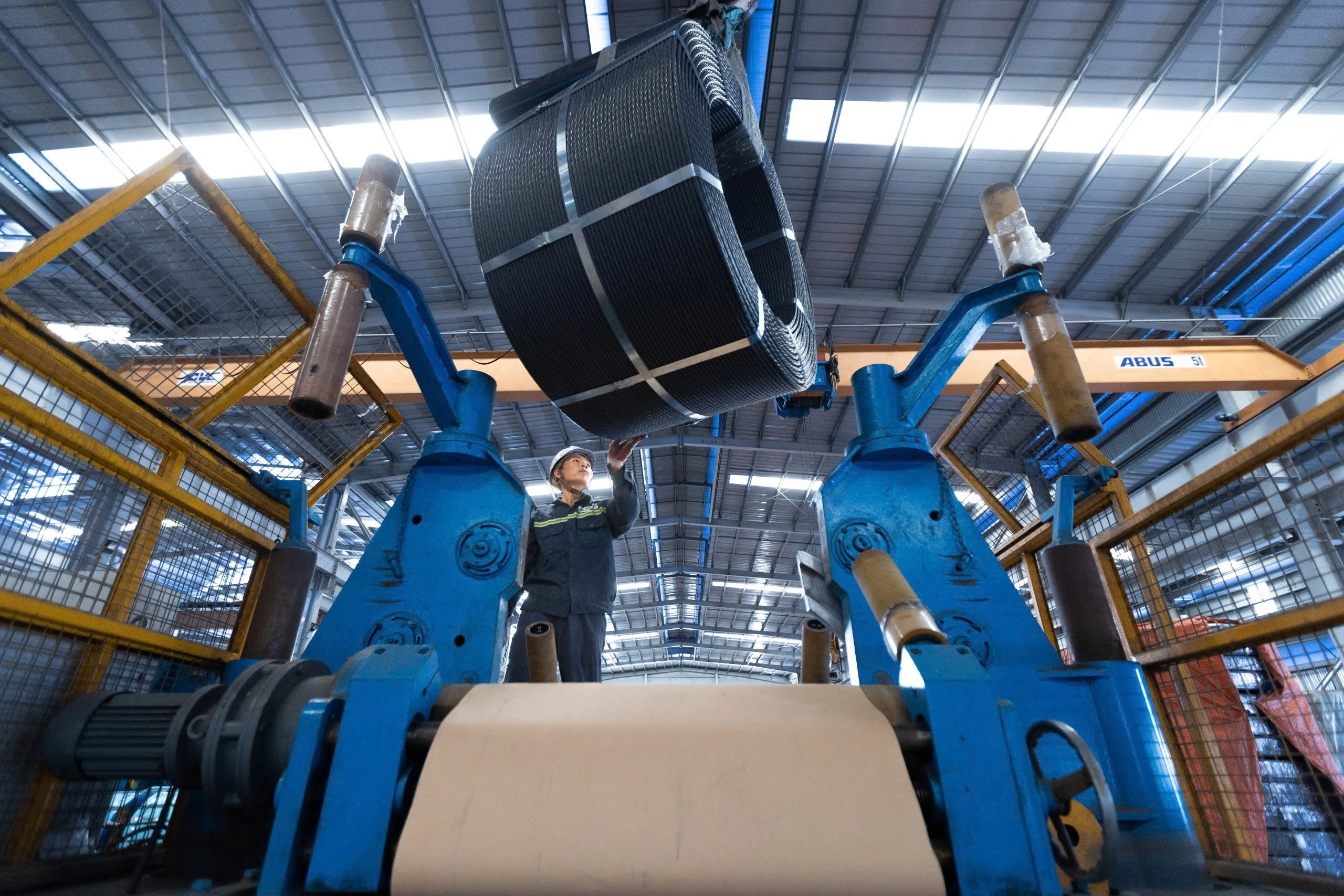

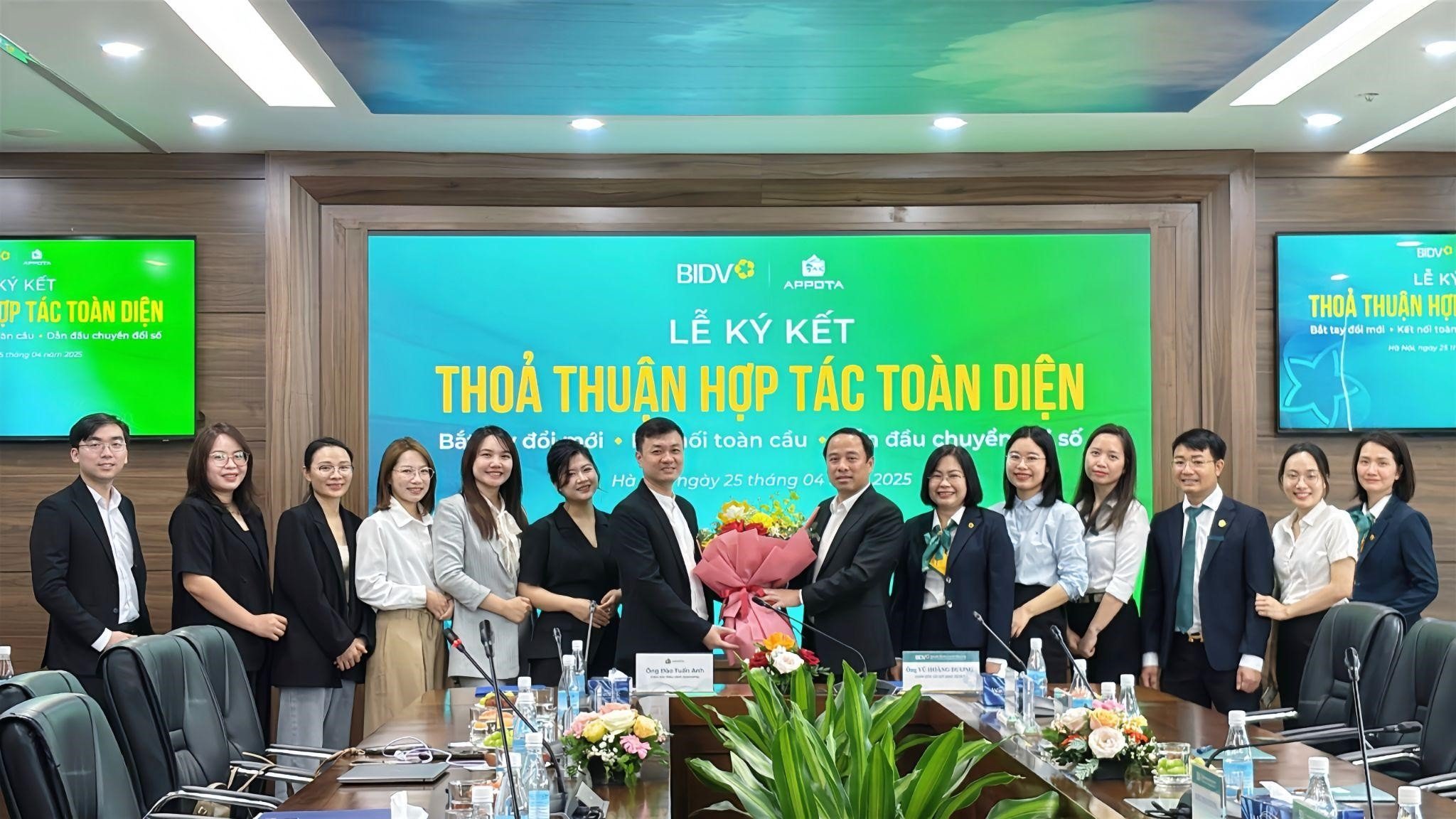

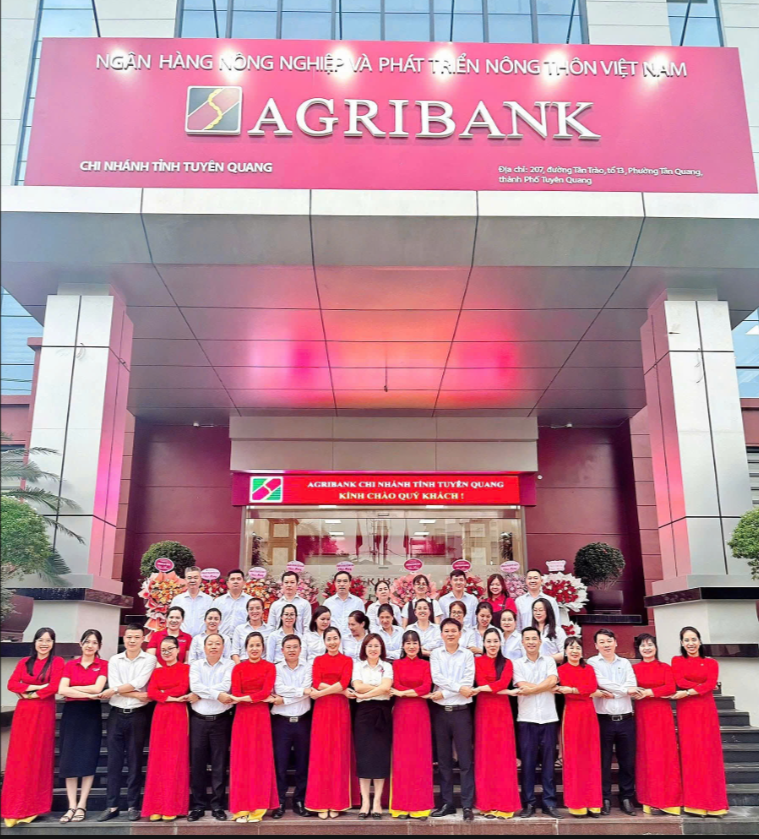
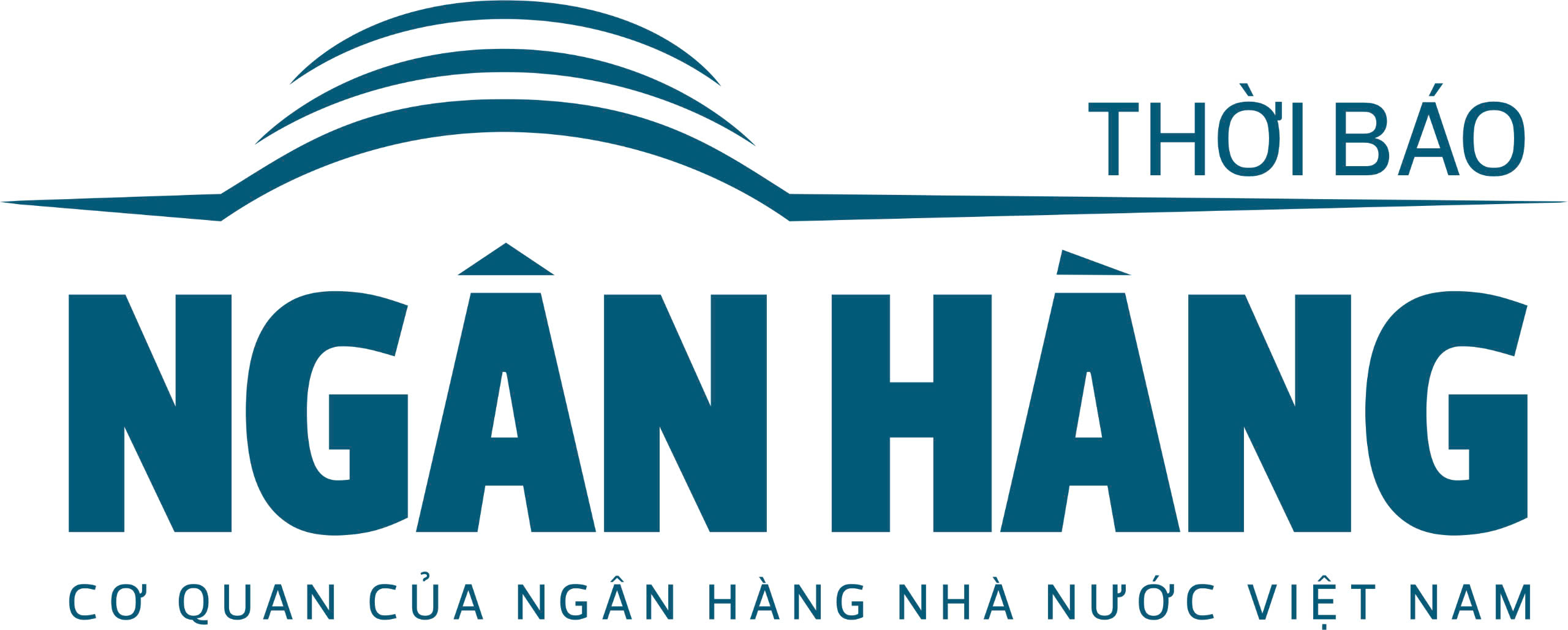
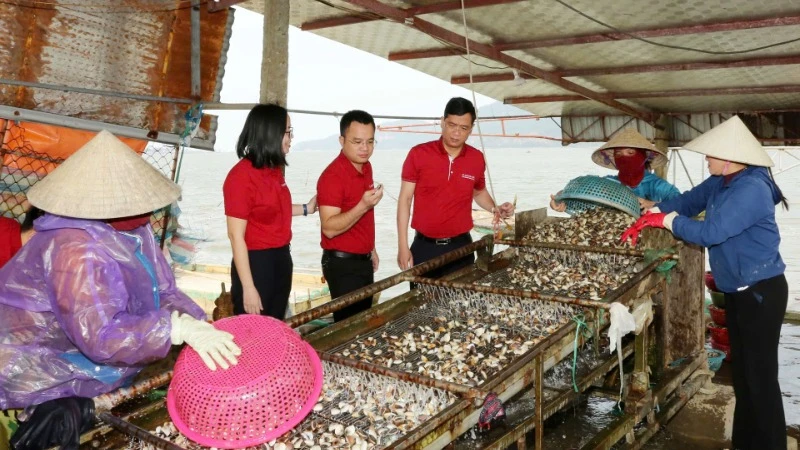






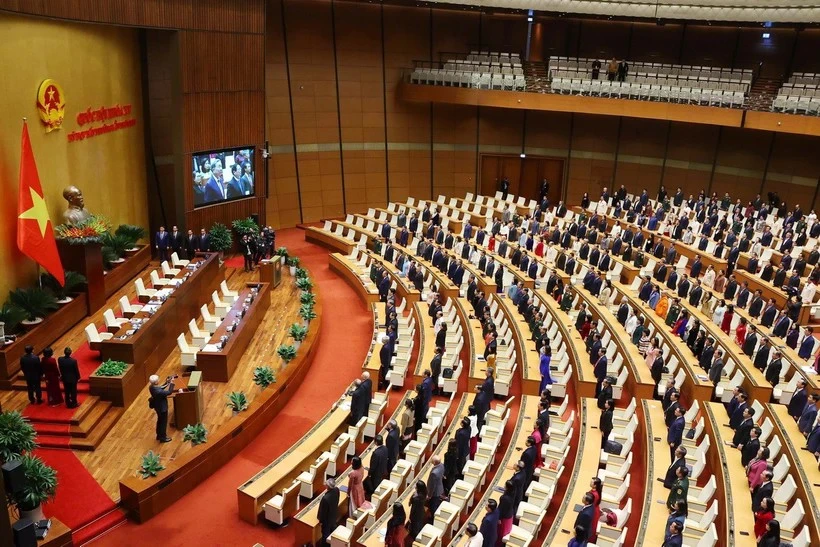









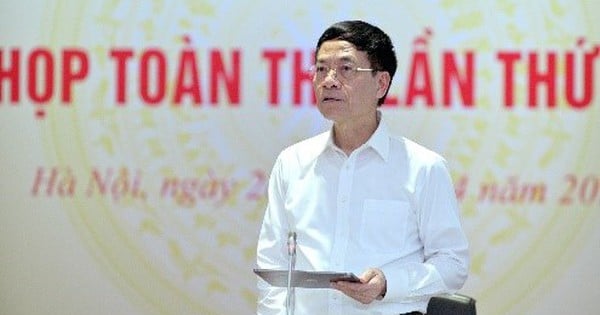





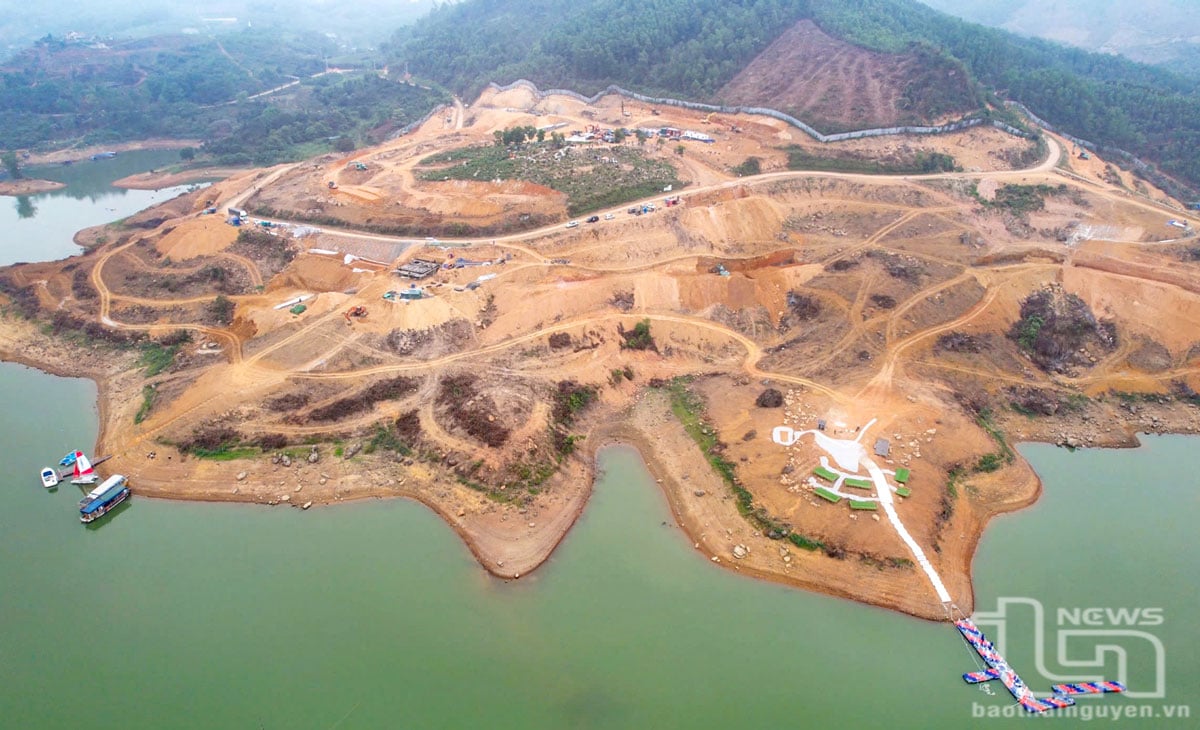



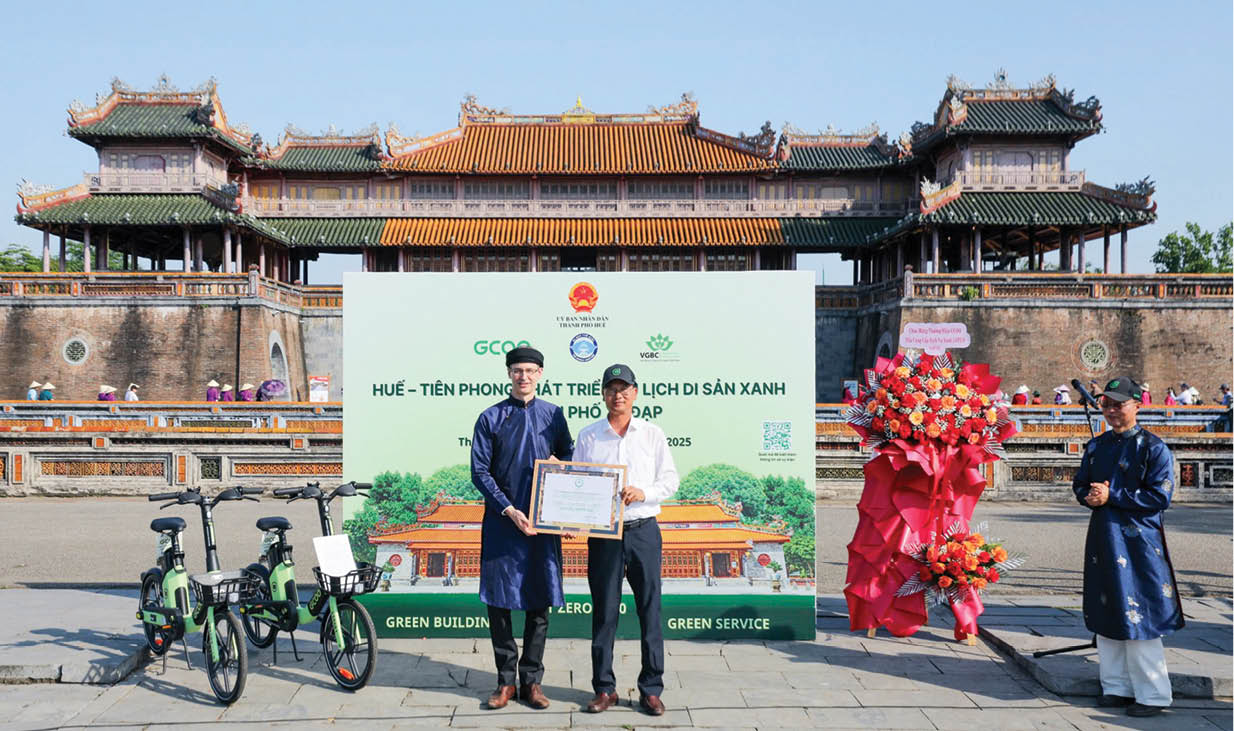

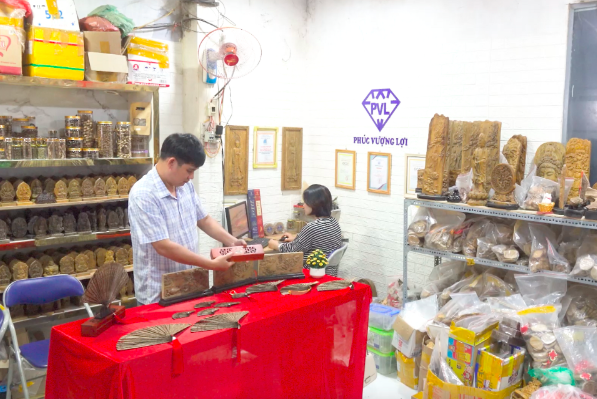

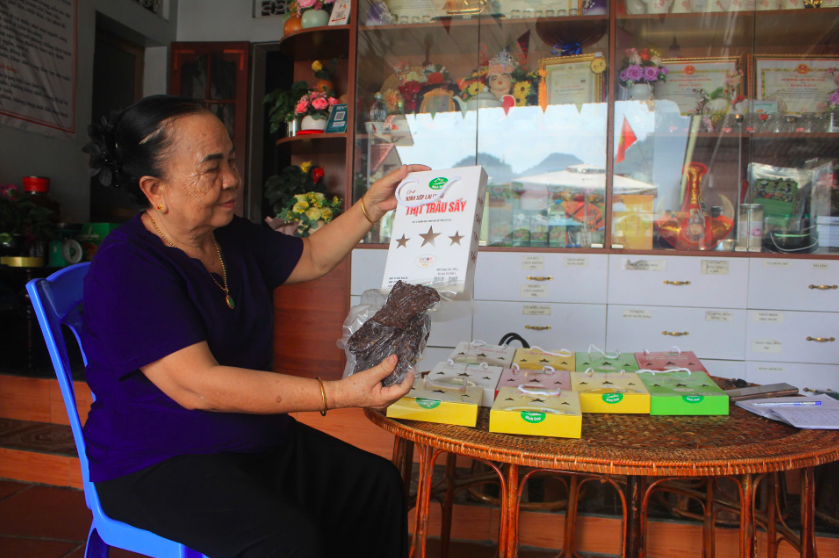

![[Video]. Building OCOP products based on local strengths](https://vstatic.vietnam.vn/vietnam/resource/IMAGE/2025/5/3/61677e8b3a364110b271e7b15ed91b3f)


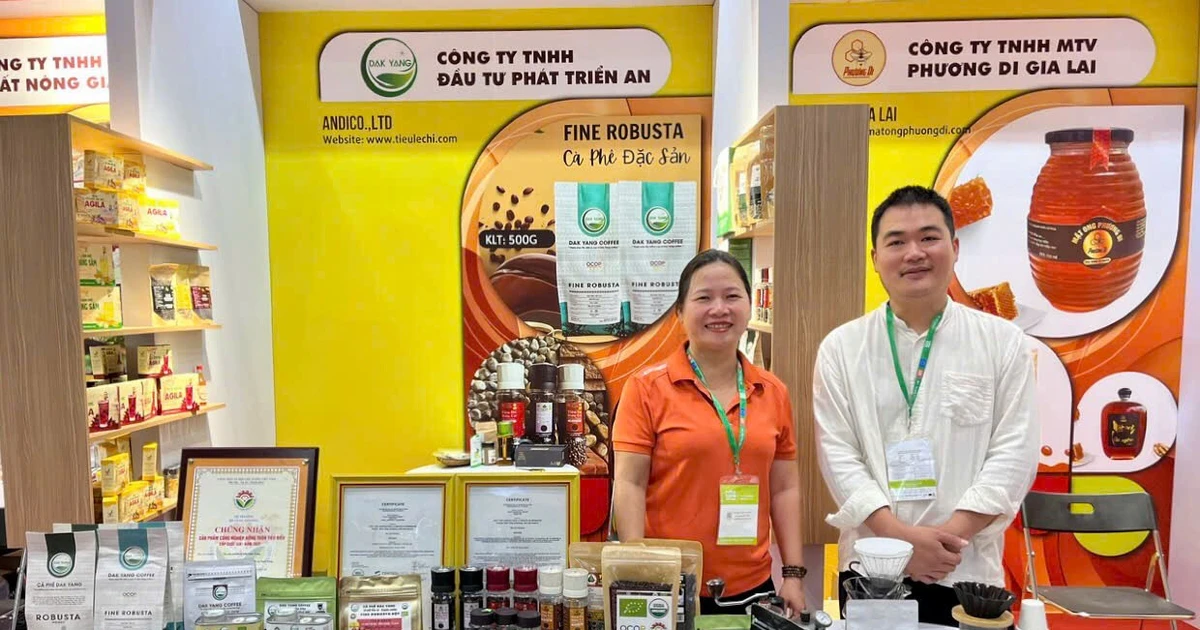

Comment (0)